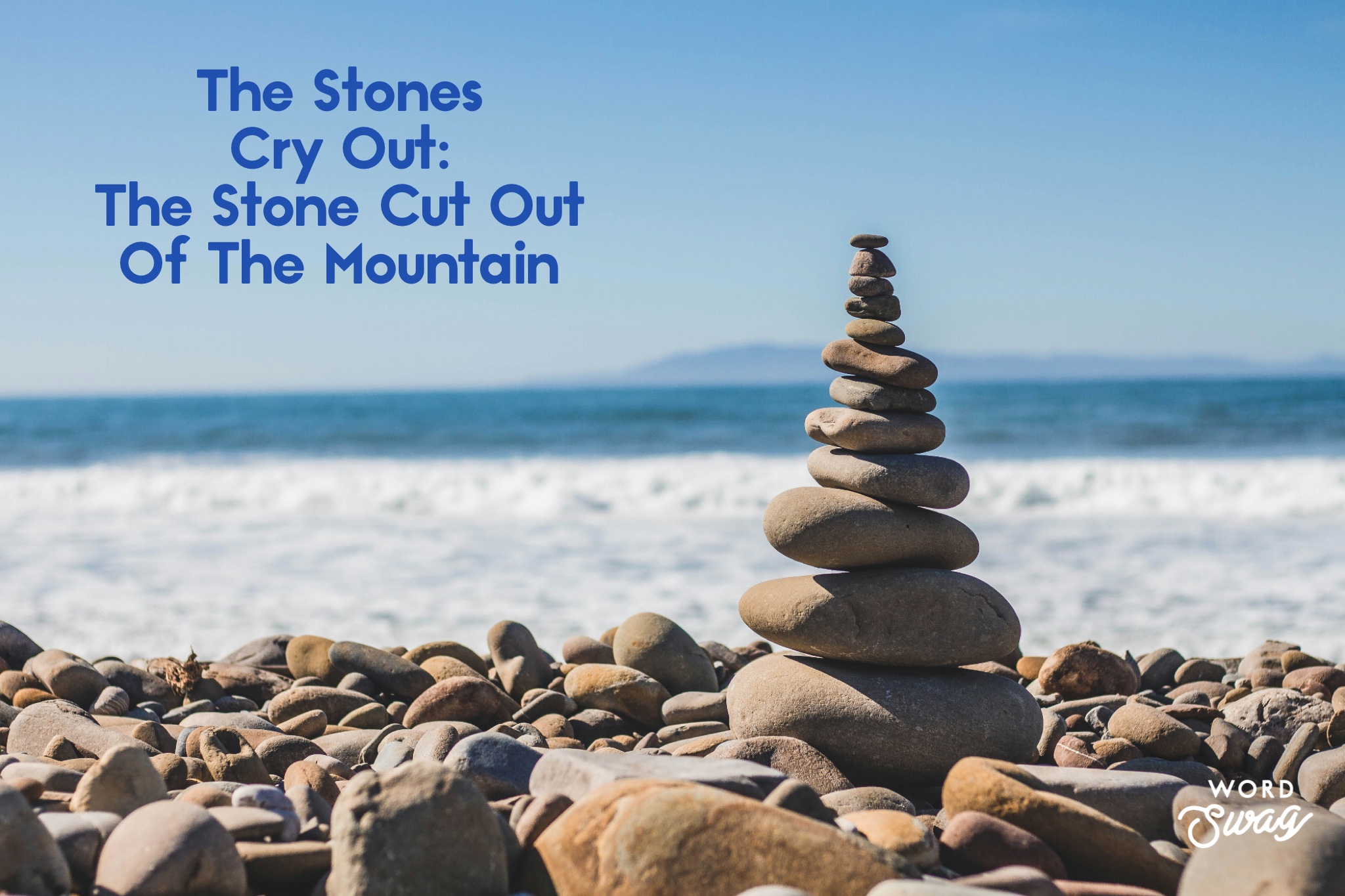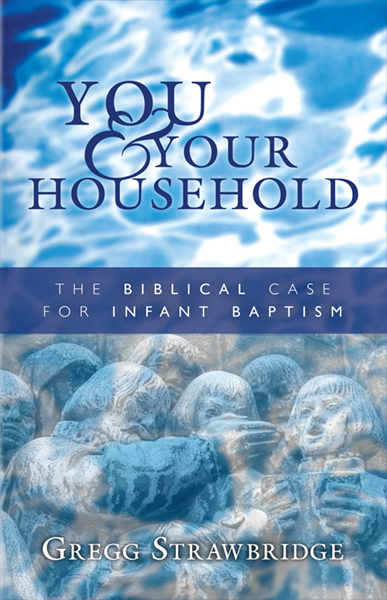Easter Sunday Meditation
When Jesus made his Royal Entry into Jerusalem, his disciples proclaimed him King, singing Psalm 118. The Pharisees understood the implications of this. The disciples were confessing that Jesus was David’s son and heir. He was the one to whom the Father promised the nations for his inheritance (Ps 2). They demanded that Jesus quiet his disciples. Jesus replied that if his disciples were silenced, the stones would cry out that he was king (Lk 19:40).
The Pharisees, along with the rest of the Jews, became unwitting (?) characters in the story. Psalm 118 says that David’s son is a stone that the builder rejected. This stone would become the head of the corner or the chief cornerstone. These Jews were the builders who rejected David’s stone. They tried to silence the Stone.
It looked as if they succeeded. Since Jesus didn’t silence his disciples, they did by arresting Jesus and putting him to death. When Jesus cried out his last words from the cross, all the stones appeared to be silent. However, Jesus was placed in a tomb or memorial cut out of a rock with a stone rolled in front of the entrance. Luke’s word translated “tomb” is more literally, “memorial.” God sets up covenant memorials so that he can look upon them and hear them (cf. Ge 9:12-17; Ex 28:12, 29). They remind God of his promises; when he sees or hears the memorials, he moves to fulfill his promises.
The stones cried out to God since Friday. Human ears could not hear them, but God did. When God hears the stones, it is only a matter of time before the world hears them.
And the world did.
When the women went to the tomb that first day of the week, the stones were talking. The stone was rolled away, and the Stone within the stone was gone.
What just happened?
Back in the days when Judah was taken captive by Babylon, the ruler of the world, Nebuchadnezzar, had a dream. He dreamed of a big stone statue. It was made of gold, silver, bronze, and iron (and iron mixed with clay). These were four successive empires—Babylon, Persia, Greece, and Rome. Rome was the shins and feet of the statue. During the days of this empire, a stone cut out of the mountain made without hands would roll down, hit the feet of this statue, crush it to powder, and the Spirit-wind would scatter it (Dan 2). This stone will grow into a mountain that covers the entire earth.
Jesus is that Stone. He is the Stone that comes out of this mountain. He crushes that old empire-world. The empty rock tomb and the stone door cry out that the world has a new emperor and empire.
The Resurrection is as much of a political event (as we would call it) as it is anything else. The one coming out of that tomb is the heir to all the nations on earth and will rule them with a rod of iron, dashing them in pieces like a potter’s vessel. Kings of the earth are called to serve Jesus with fear and rejoice with trembling. Kings are called to give the Son the kiss of peace lest he be angry (Ps 2).
Jesus’ resurrection is not only about changing the hearts of individuals (though it is that). The empire-world that Jesus brought down in his resurrection was a succession of empires that ruled the world. They were unquestionably governed by unseen principalities and powers, but they were world governments, nonetheless. When the stone was cut out of the mountain on that Easter morning, it rolled out to take over the kingdoms of the earth. There is a new king, namely Jesus (Ac 17:7).
The resurrection is a call to individuals to repent and believe. The resurrection is also a call to kings, presidents, prime ministers, governors, lawmakers, judges, mayors, and city council members to confess Jesus as Lord and make and enforce laws consistent with his kingdom culture. The church’s responsibility is to press the crown rights of King Jesus in every area where we live. We do this through the proclamation of the gospel, calling all to repent and pledge their loyalty to Jesus, conforming everything about their thinking and living to his kingdom purposes.
Wicked rulers in this world will always try to silence the proclamation that Jesus is King, but the Stone cannot be silenced.















